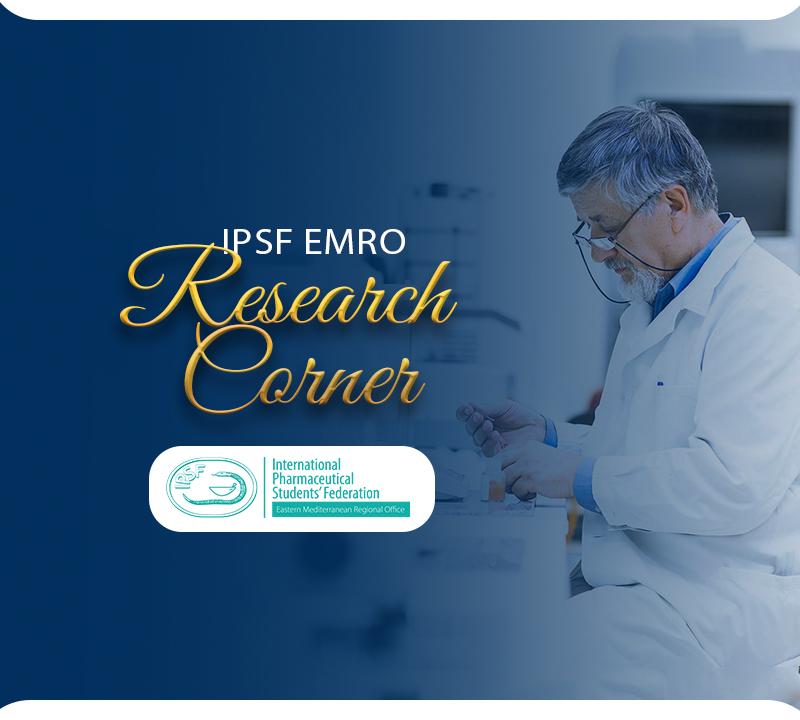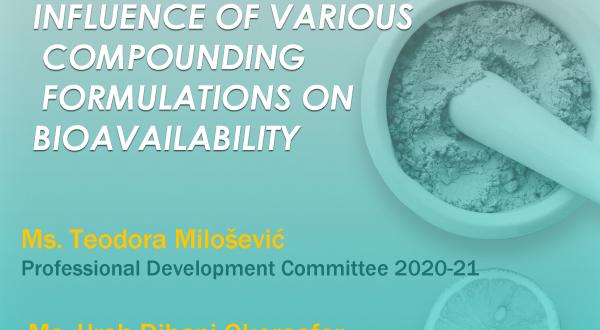
[IPSF EMRO] Research Corner #1
What is scientific research?
The Scientific Definition:
a systematic investigation towards increasing the sum of knowledge' in a particular field of interest.
The Chambers Dictionary:
In other words it is the answers of the unknown questions, the outcomes of the hidden road, to have the right answer, you should have the right question, if you have the right question it will be easier to look and search for your answer, the right answer cannot be found without understanding your question.
So, the first part of Scientific research is evolving around asking the right Question, I would like to call it the Art of Questioning.
Whereas, the second part is mainly about finding the right answer, you might have the tools, resources, time, money and all support to find your answer but the HOW, will determine if or if not, finding your answer, this is called Methodology.
For me I love history, who doesn’t? but why? Every time someone asks me this question, I can only recall the Lion King movie, when that Monkey told Simba that the past is a lesson to learn from it, now let's be a little bit serious here, how can you master the Art of Questioning and Methodology, without knowing the topic or updates or any current work on that particular area? I mean None can do anything towards something we know nothing about, right?
So, way before mastering anything, you must be historical! You must master the key for everything, you must know where to put your first step, this is called Literature Review.
Literature Review: it will emphasize the anatomy of the Manuscript and explain each part of it.
|
Title Short and unambiguous. Good taste to fascinate the readers. Easy to understand and catalogue. Contains key words describing the work. Describes the entire contents of the paper. Adequate description of the entire work. Avoid abbreviations and passive voice. Should not present a biased picture. |
Abstract Not too long. Not too short. Contain about 200–250 words. Contain important information. Summarizes major aspects of the paper. Briefly state purpose, methods, results and conclusions. Written last since it summarizes the entire paper. |
|
Introduction Start by identifying the subject area of interest. Develop the settings by brief, balanced and relevant literature. Summarize the existing understanding of the problems. Discuss the study in the form of a hypothesis, question or problems. Briefly explain the rationale and gaps in the literature. Top of the introduction; represent general information. Bottom of the introduction; focus on the specific problems, purpose and rationale. Cite from the good research journals with original work rather than depending on reference books. |
Methods Discuss study design, settings and how study was carried out. Biological features of control exposed, or treatment groups and variables measured. Age, height, weight, gender, ethnicity, educational and socioeconomically status. Study protocol, inclusion and exclusion criteria. Sample size and grouping, data collection and replication. Pre-experiment, experimental handling, measurements and procedures detail. Summarize data in Means, percent, *SD, **SEM, 95% CI, etc. Statistical software used, data computed, analyzed and probability developed. |



